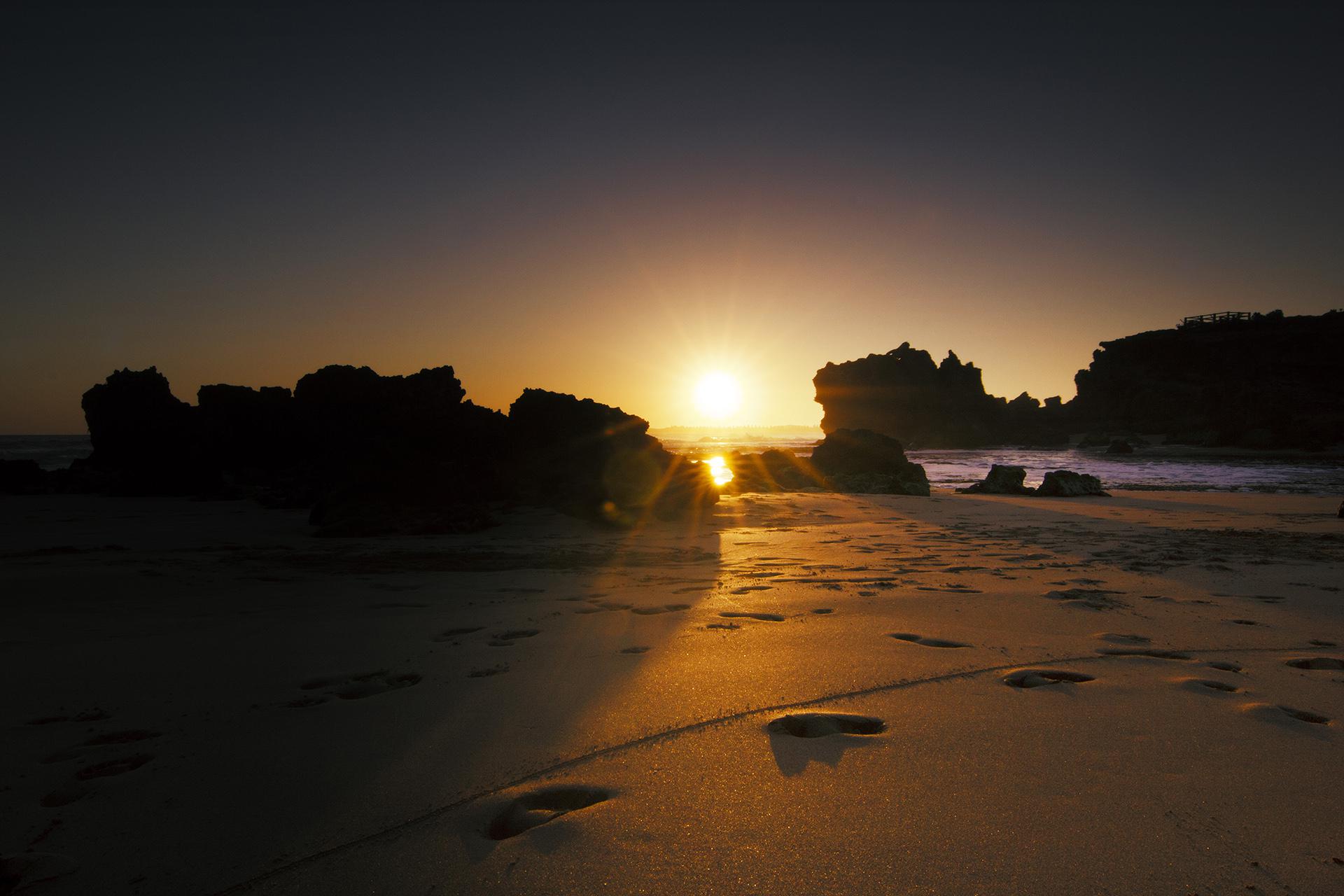Point Ritchie faces a high energy stretch of Victoria’s wild south-western coastline. Wind and waves batter the point constantly and parts of the site are fragile and fenced off.
In August 2013 the then Minister for Aboriginal Affairs Jeanette Powell announced that an Ongoing Protection Declaration had been made for the site – including shell middens. This is the highest level of protection available of Aboriginal heritage protection available.
Point Ritchie-Moyjil is also listed on the Victorian Aboriginal Heritage Register.
The Office of Aboriginal Affairs Victoria states that the Victorian Aboriginal Heritage Register (the Register), or VAHR, established by the Aboriginal Heritage Act 2006, is an important administrative tool for the successful management of Aboriginal cultural heritage. The Register holds the records of all known Aboriginal cultural heritage places and objects within Victoria. Aboriginal heritage places and objects are irreplaceable, non-renewable resources and can also include traditional and spiritual sites of significance. These places or objects are normally identified during archaeological surveys, and are recorded by Cultural Heritage Advisors.
The quality of information available to users of the Register allows for effective management of Aboriginal heritage now and for the future. To date over 30,000 Aboriginal places and objects have been recorded on the VAHR and many of these places and objects are located on private property. There are still many Aboriginal places and objects yet to be discovered.
Moyjil Point Ritchie Conservation Management Plan.
In June 2016 Warrnambool City Council endorsed the Moyjil Point Ritchie Conservation Management Plan.
The plan provides clear direction for conservation management actions to protect and enhance the site.
The plan was developed with input from the Moyjil Project Committee comprising representatives of Traditional Owner Groups including the Eastern Maar Aboriginal Corporation, Gunditj Mirring Traditional Owners Aboriginal Corporation and the Kuuyang Maar Aboriginal Corporation who worked with representatives from Council, the Department of Land, Water and Planning, Deakin University, the Office of Aboriginal Affairs Victoria and other researchers.
